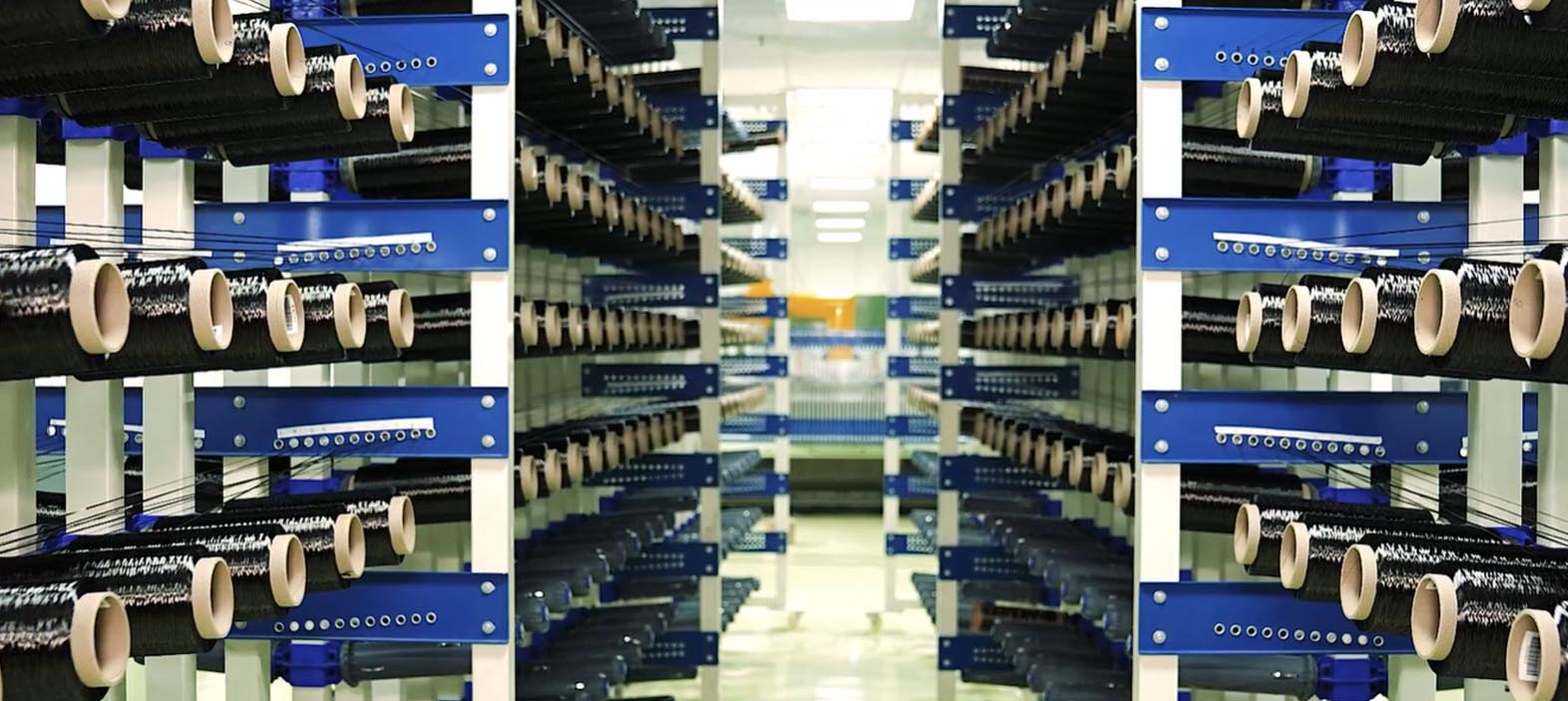
Factors That Could Influence Carbon Fiber Prices in 2025
👁 Reads: 714
As carbon fiber continues to grow in popularity across various industries, the price of this material is likely to be influenced by a range of factors. Understanding these factors can help businesses and consumers anticipate changes in cost and make more informed decisions when purchasing carbon fiber products. Here are some key factors that could impact carbon fiber prices in 2025.
1. Supply and Demand
Like any commodity, the price of carbon fiber is heavily influenced by supply and demand. As industries such as automotive, aerospace, and sports equipment continue to expand, the demand for carbon fiber is expected to increase. If the supply of carbon fiber does not keep pace with this demand, prices could rise. Conversely, if new production technologies or sources of raw materials are developed, the supply could increase, potentially lowering prices.
2. Manufacturing Advances
One of the biggest factors that could impact carbon fiber prices in the coming years is advancements in manufacturing technology. Currently, the production of carbon fiber is an energy-intensive and complex process. However, innovations such as more efficient production methods or the use of recycled carbon fiber could significantly reduce production costs. If these technologies become widespread by 2025, it could lead to a reduction in the cost of carbon fiber, making it more accessible to a wider range of industries.
3. Raw Material Costs
The primary raw material used to produce carbon fiber is polyacrylonitrile (PAN), a type of plastic. The price of PAN, along with other raw materials like petroleum-based products, can fluctuate based on market conditions. If the price of raw materials increases, it is likely that carbon fiber prices will also rise. Conversely, if new sources of raw materials are discovered or if existing suppliers increase production, it could help stabilize or reduce prices.
4. Competition and Market Expansion
As more manufacturers enter the carbon fiber market, competition will likely drive prices down. This could be especially true if new suppliers emerge in regions with lower labor and production costs. Additionally, as carbon fiber continues to gain traction in new industries, the overall market for this material is likely to expand, which could lead to more competitive pricing.
5. Regulatory Changes
Environmental regulations could also play a role in the cost of carbon fiber. Stricter environmental standards in the production process or new tariffs on raw materials could increase production costs, thereby raising the price of carbon fiber. However, regulations aimed at encouraging the use of sustainable materials could also lead to incentives or subsidies for carbon fiber producers, potentially offsetting some of these costs.
In 2025, carbon fiber prices are likely to be influenced by a combination of supply and demand dynamics, technological advancements, raw material costs, competition, and regulatory changes. As industries continue to embrace carbon fiber for its lightweight and strong properties, understanding these factors will be crucial for businesses looking to manage costs effectively.
For more insights into the future of carbon fiber and how it could impact your projects, visit Nitpro Composites.





